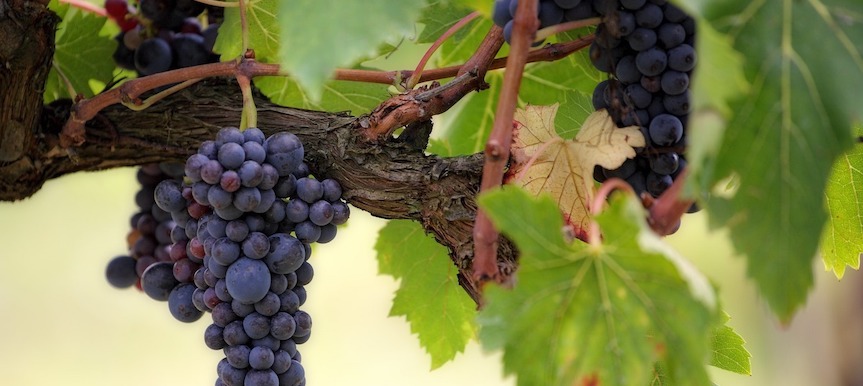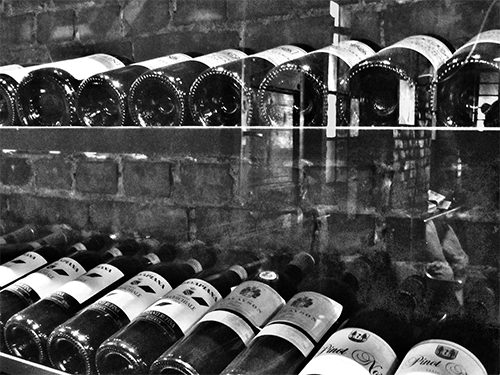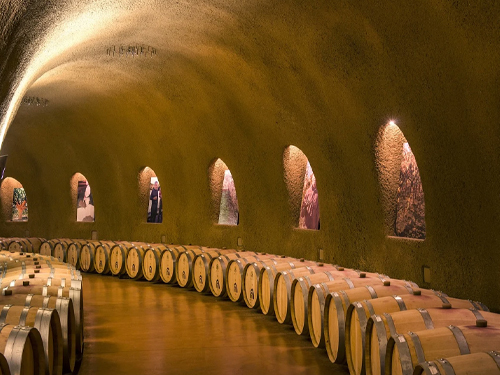Rédigé le 16/08/2021
Dernier arrêt sur la Côte de Beaune !

Notre tour de la Côte de Beaune s'arrête à Santenay. Un village particulier puisqu'il bénéficie à la fois d'une vocation thermale mais aussi viticole. L'appellation a été instituée en 1937 avec environ 90% de vins rouges et 10% de blancs.
Placée tout au sud de la Côte de Beaune cette appellation bénéficie de sols calcaires grisâtres en haut des versants jusqu'à 500 mètres d'altitude et d'une exposition absolument parfaite ce qui lui permet d'avoir 12 climats classés en Santenay Premier Cru : La Comme, Les Gravières, Clos de Tavannes, Beauregard, Clos Faubard, Clos des Mouches, Beaurepaire, Passetemps, La Maladière, Grand Clos Rousseau, Clos Rousseau.
C'est un vin issu en grande partie du Pinot Noir avec une robe emblématique des vins de Bourgogne à savoir pourpre mauve ou encore cerise noire. Elle est assez soutenue et brillante. Les quelques blancs ont eu une robe jeune paille, assez lumineuse également.
Le bouquet des vins rouges rappelle les pétales de rose, la violette, les fruits rouges ou encore la pivoine avec quelques nuances de réglisse. Des notes que l'on retrouve dans les arômes avec ceux typiques du Pinot Noir comme les fruits rouges, la framboise ou encore la myrtille, mais qui tire ensuite vers l'épicée comme le poivre ou la cannelle. On retrouve également quelques nuances de fleurs ou encore la menthe et le réglisse.
Les blancs eux ont des arômes très présents de fleurs blanches et d'agrumes. Propre au chardonnay, on retrouve l'amande et le pain grillé.
En bouche, l'appellation est assez rond et fruité reconnaissable grâce à sa belle structure. C'est un vin qui se gardera parfaitement.
Les blancs ont une attaque un peu plus vive, avec des notes de noisettes et de fougères, il est assez corsé en bouche.
Pour les accords mets et vins, le Santenay rouge s'accorde merveilleusement bien avec des plats de viandes comme le canard, le coq au vin ou encore le gibier. Pour les fromages, il accompagne le morbier ou encore le pont-l'évêque avec brio. Tout cela a une température de service de 15 degrés.
Le blanc se mariera parfaitement bien avec des poissons ou encore des fruits de mer, tout cela a une température de service oscillant entre 11 et 12 degrés.













